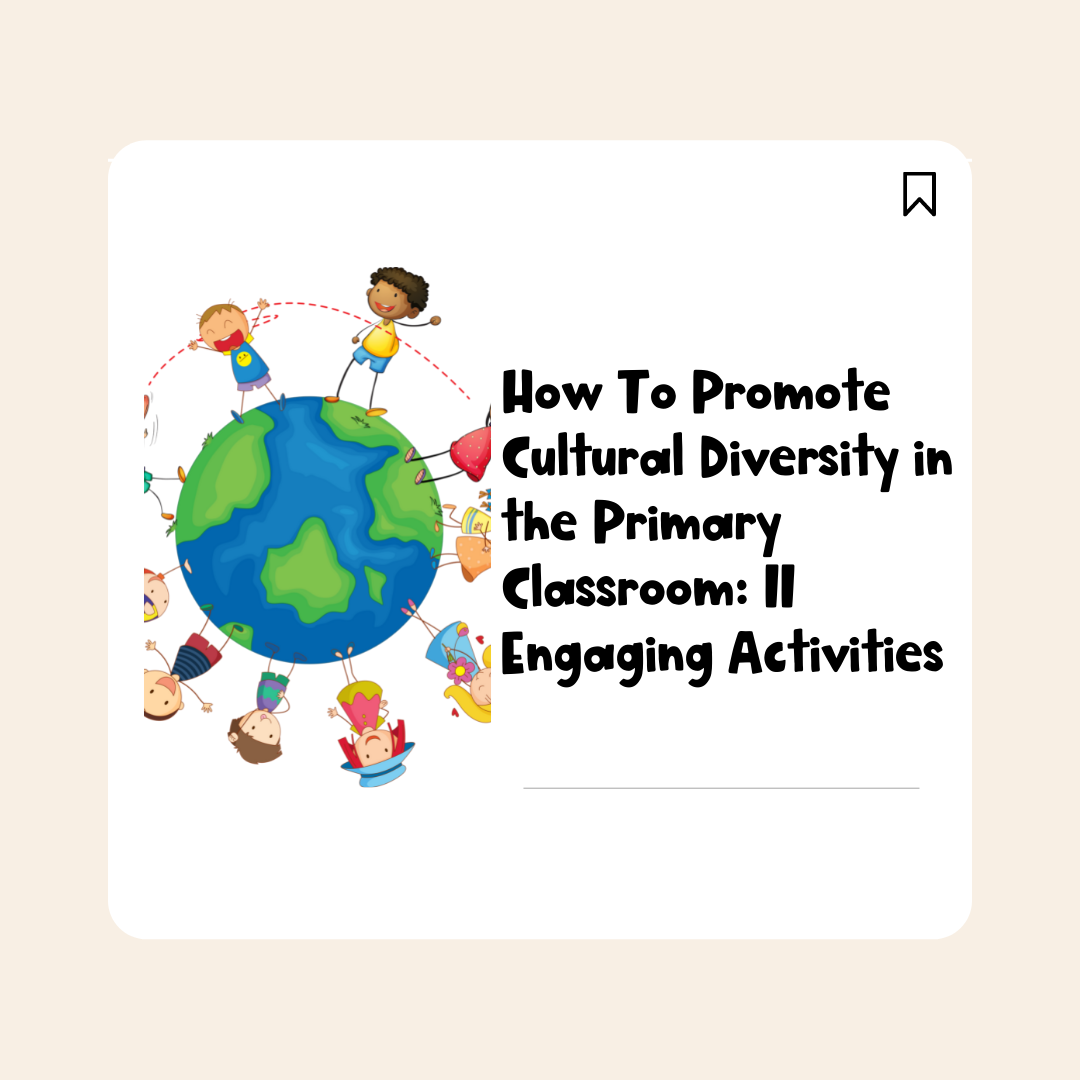French School: The Ultimate Guide to French Immersion in BC
French Immersion is an amazing program that we are lucky to have in Canada. However, it can be daunting though to put your child in a language program and so many parents have questions. This is an easy to understand guide that will explain the ins and outs of French Immersion.
French School
You want the very best for your child.
Maybe you were in French Immersion as a child. Maybe you hated it, maybe you loved it. Maybe you took French in high school and were so busy checking your Motorola pay-as-you-go cell phone for a text from your bestie (that you’d have to pay 15 cents for) to focus on conjugating the verb “aller.”
Maybe you and your family immigrated from another country and the whole idea of having your child learn French excites but also terrifies you. If English is your second or third language then French Immersion might seem even more daunting.
At the same time though, you want to give your child all of the opportunities you can in Canada. You want them to take chances, make friends, learn lots, fall down and get back up again. I get it. This parenting shit is hard.
My daughter is heading to Kindergarten this year and even though I flipping teach French Immersion Kindergarten, the idea of sending her off in the world seems huge.
I can help you. I’m here to give you the information you need to feel confident in sending your child to a French school in Canada.
Bonus info: I offer a French For Families resource that is ready to print and use with your Grade Kindergarten to Grade 2 children at home. You can learn French alongside your child and use the videos (of moi) reading the included booklets so you don’t have to worry about whether or not you are pronouncing the words ;)
What is a French Immersion Program?
The French Immersion program was introduced to Canada in the 1970’s to promote bilingualism. Students are immersed in a classroom with a French-speaking teacher and mainly anglophone peers. Your child’s teacher may be Francophone or may have another first language and have learned French as an additional language.
Tons of teachers these days are products of French Immersion themselves (which proves that the system works) Yay!
That being said, when your child enters Kindergarten for the first time, we teachers, do not bombard them by speaking 100 percent French 100 percent of the time. Dang that would be scary as hell for the kids!
In my classroom, it is more important that I first create a safe, comfortable, friendly environment before I fully immerse the little ones in French.
Kids need to feel comfortable and have their basic needs met before learning the ABC’s.
Maslow over Bloom, y’all.
How Does French Immersion Work?
I am only able to speak for myself here, but I am also taking examples from the teachers I currently work with and have worked with in the past. There are many different teaching styles and methods and you will need to speak to your child’s teacher to understand how they teach. However, I will share as best I can how I teach French Immersion.
We start with the French basics. The alphabet (letters and letter sounds), the numbers 1 to 10 (and later to 100), the days of the week and months of the year, weather and simple routines. In the beginning, it’s all about repetition, repetition, repetition. Every single day we sing familiar songs and play games that help the children learn this beginner French vocabulary. You can play French flashcard games with your kids to help make learning fun.
After several weeks, the children begin to remember the French words and their meanings. It can seem like a slow process at times but imagine that feeling when you pick up your son or daughter from school and they are singing an entire song IN FRENCH! Holy proud parent moment! I can’t wait to hear my daughter singing in French this Fall.
Almost all of the stories we read and songs we sing are in French. I use the pictures in the books and gestures to help the children understand what’s happening in the stories. I interject often with English to help them understand the stories. We play games outdoors like this rock shapes game in French to get the kids moving while they learn.
Hot tip: If you know the basics in French you can start at home by reading an English book but using the French colour words, numbers and letters. You don’t have to speak French to help your French Immersion child practice reading.
We also have the students repeat simple, familiar phrases in French. Right from the beginning of the year, we have them ask to go to the bathroom in French, get a drink of water in French etc. For the most part, whenever a student asks me something, I have them repeat the question in French. This helps their oral development, vocabulary and pronunciation.
This is why it’s so important for your child to be present at school in French Immersion or to be listening to French and engaging with another French speaker on the regular.
Over the course of the school year, I will speak more and more French to the kids. By the end of the school year, I’m speaking mostly French to the kids (unless we are working on solving a social problem. I always solve friendship issues in English to make sure everyone understands and feels good).
If you have a child in the early years of French Immersion or are thinking of putting your child into French school what questions do you have? Put them in the comments below and I will do by best to answer them! I’m here to help!
-Breyen
Follow me on Instagram @ouimadamewee











